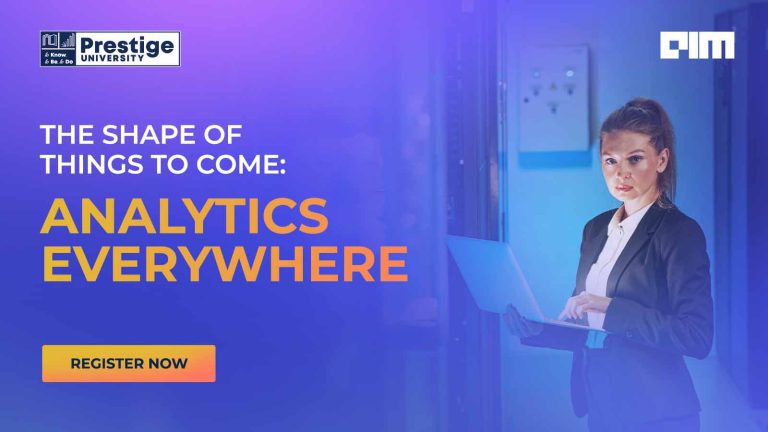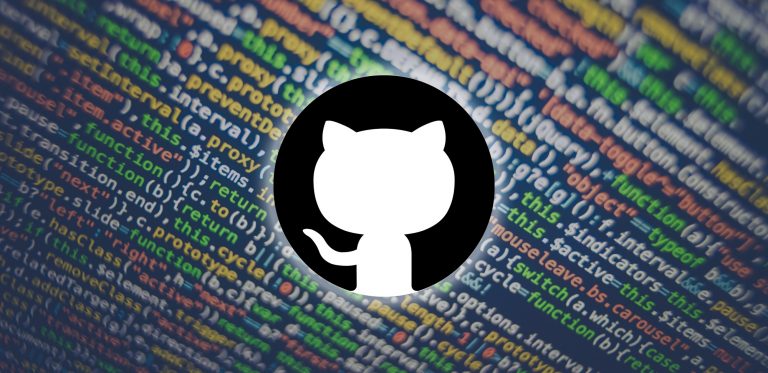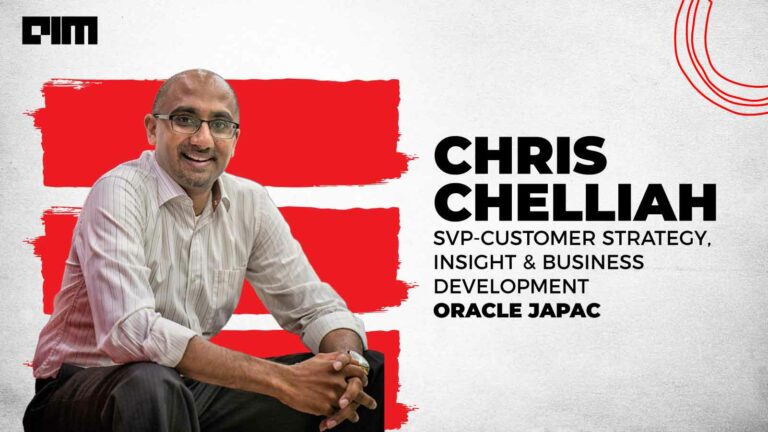Blockchain technology is quickly becoming the new technological buzz. The finance world is looking at it to create a safer banking environment. It is stated to have the potential to be a new development environment for decentralized applications.
It is a database of immutable time-stamped information of every transaction that replicated on servers across the globe maintained by a distributed network of computers that requires no central authority or third party intermediaries. It consists three key components: a transaction, a transaction record and a system that verifies and stores the transaction. Open-source software generate blocks which record the information about the transaction. The “block” chronologically stores information of all the transactions that have taken place in the chain and hence the name blockchain.
5 Key Concepts
- Decentralized consensus (on or off bitcoin’s blockchain)
A decentralized scheme, on which the bitcoin protocol is based, transfers authority and trust to a decentralized virtual network and enables its nodes to continuously and sequentially record transactions on a public “block,” creating a unique “chain”: the blockchain.
Each successive block contains a “hash” of the previous code. Using these hash codes, cryptography is used to secure the authentication of the transaction source which removes the need for a central intermediary. Data duplication is avoided through the combination of cryptography and blockchain technology.
- The Blocks
Blockchain behaves like a database where the part of the information store (its header) is public. The block behaves as a container with a data placed inside connected with other blocks through blockchains in a semi private space. Anyone can verify that that information is placed as it has author’s signature on it but can’t see what is inside as only an author (or a program) has the private keys to unlock the data.
- Smart contracts (and smart property)
Smart contracts are the building blocks for decentralized applications. The contractual governance of a transaction between two or more parties can be verified using a program via the blockchain rather via a central arbitrator. This the the basic idea behind smart contracts.
The transactions have rules embedded inside them. The rules embedded are the defined between the parties. This enables an end-to-end resolution to be self-managed between computers that represent the interests of the users. The digital assets are the smart properties who know their owners with the ownership linked to the blockchain.
- Trusted computing (or trustless transactions)
The concepts behind the blockchain, decentralized consensus, and smart contracts enable computers to trust one another at a deep level by enabling the spread of resources and transactions laterally in a, peer-to-peer (flat) manner.
Blockchain acts as the unequivocal validator of transactions and hence each peer can proceed and trust one another. The rules of trust, compliance, authority, governance, contracts, law, and agreements live on top of the technology.
- Proof of work (and proof of stake)
The key concept of “proof-of-work” lies in the heart of blockchain which is a “right” to participate in the blockchain system. To change records on the blockchain, users have to re-do the proof of work.
Proof of work can’t be undone and is secured via cryptographic hashes to ensure its authenticity. Proof of work is a key inbuilding blocks.
It depends on miner’s incentive only which will decline over time making it expensive to maintain and may have future scalability and security issues. “Proof-of-stake” is an upgraded solution that is cheaper to enforce but more expensive and more difficult to compromise. Proof of stake determines who will update the consensus and prevents unwanted forking of the underlying blockchain.
Implementation
The need to learn
- A new vocabulary around crypto-related framework by Business leaders and visionaries.
- To write decentralized apps that are enabled by blockchain technology by Developers.
- To create or use smart contracts by end-users
When the original bitcoin blockchain technology was pushed outside of money-related services to the software applications realm, its limitations were found. Multiple blockchain can be the solution of this. Blockchain can be more than just internet of money and be a new development environment as there will be a lot of variety in decentralized apps in terms of size, complexity levels, etc.
Disruptions
The disruptions can be seen very first in the payments space. The transactions occur directly between the buyer and the seller without any intermediary. The validation of the transaction happens in a decentralized way or “distributed ledger”. This results in significant infrastructure savings for banks by allowing them to bypass payment networks that are oftentimes slow, cumbersome, and expensive.
Majority of financial assets such as bonds, equities, etc. are already electronic which someday may be replaced by a decentralized structure.
The latest innovations are using tokens to store and trade assets like shares, bonds, cars, houses and commodities. Additional information on the asset is attached using the tokens which generate “smart property” or the ability to record and transact these assets using “smart contracts” enforced by complex algorithms, through distributed platforms without a centralized register, increasing efficiency. In this environment, the current system would be replaced by a fully decentralized financial system.
Conclusion
The big banks are looking to use the technoogy as it makes fraud more difficult. The project to test blockchain-like technology is being led by financial technology firm R3. By adopting the technology banks could cut the cost of reporting transactions and working out who bought what and when. The technology cuts out the need for a “trusted middleman” to sit in between parties in a transaction as it acts as that middleman. This makes transactions quicker, cheaper, and easier when compared to the current systems banks use.
Banks are therefore keen to see if it can be adapted for use with traditional currency, rather than just bitcoin.
13 more banks have joined the coalition of leading Wall Street and City names looking to take the technology that underpins bitcoin to the mainstream financial sector. Bank of America, BNY Mellon, Mitsubishi UFJ Financial Group, Citi, Commerzbank, Deutsche Bank, HSBC, Morgan Stanley, National Australia Bank, Royal Bank of Canada, SEB, Societe Generale and Toronto-Dominion Bank have all joined the partnership.


















































































